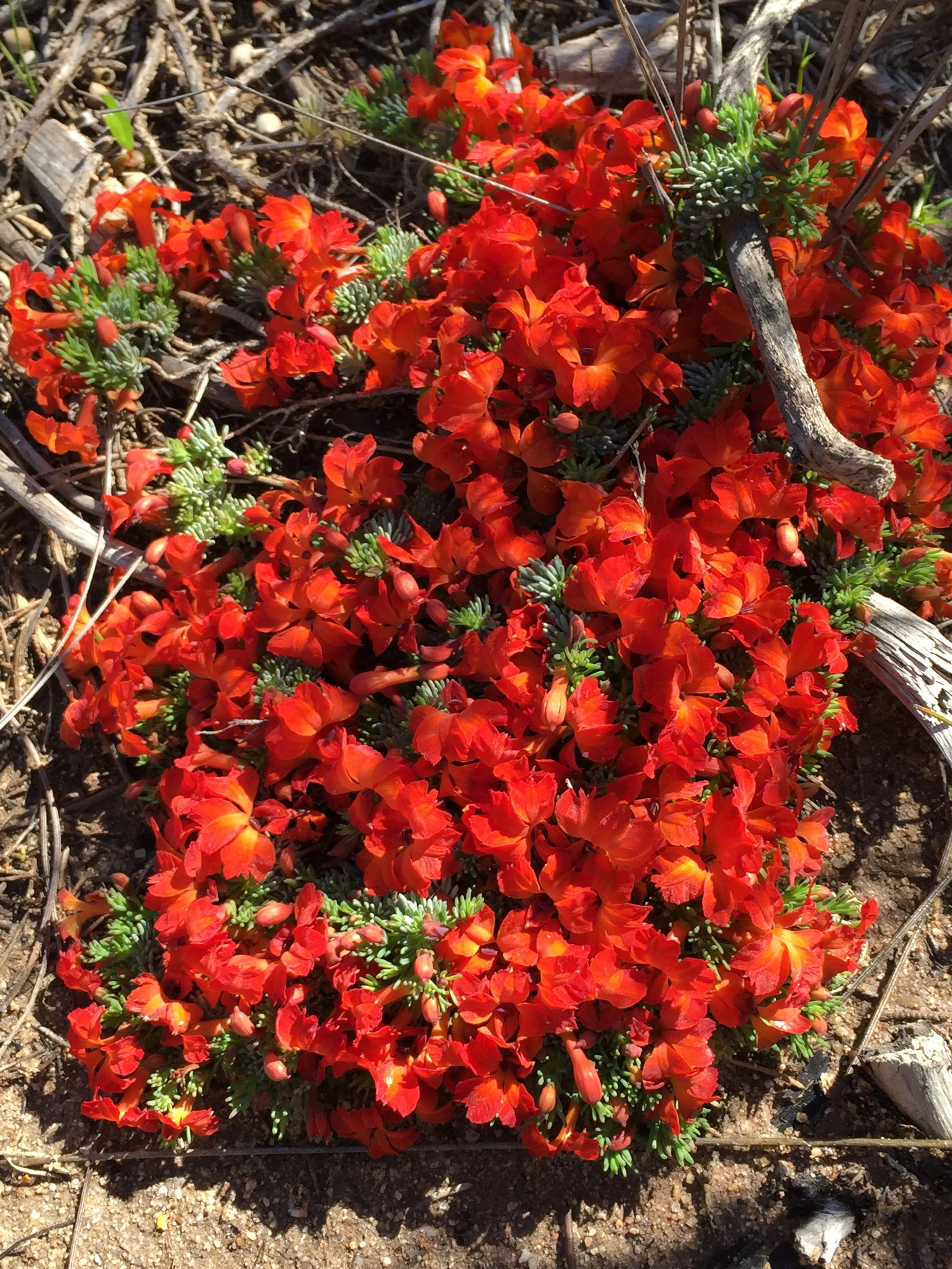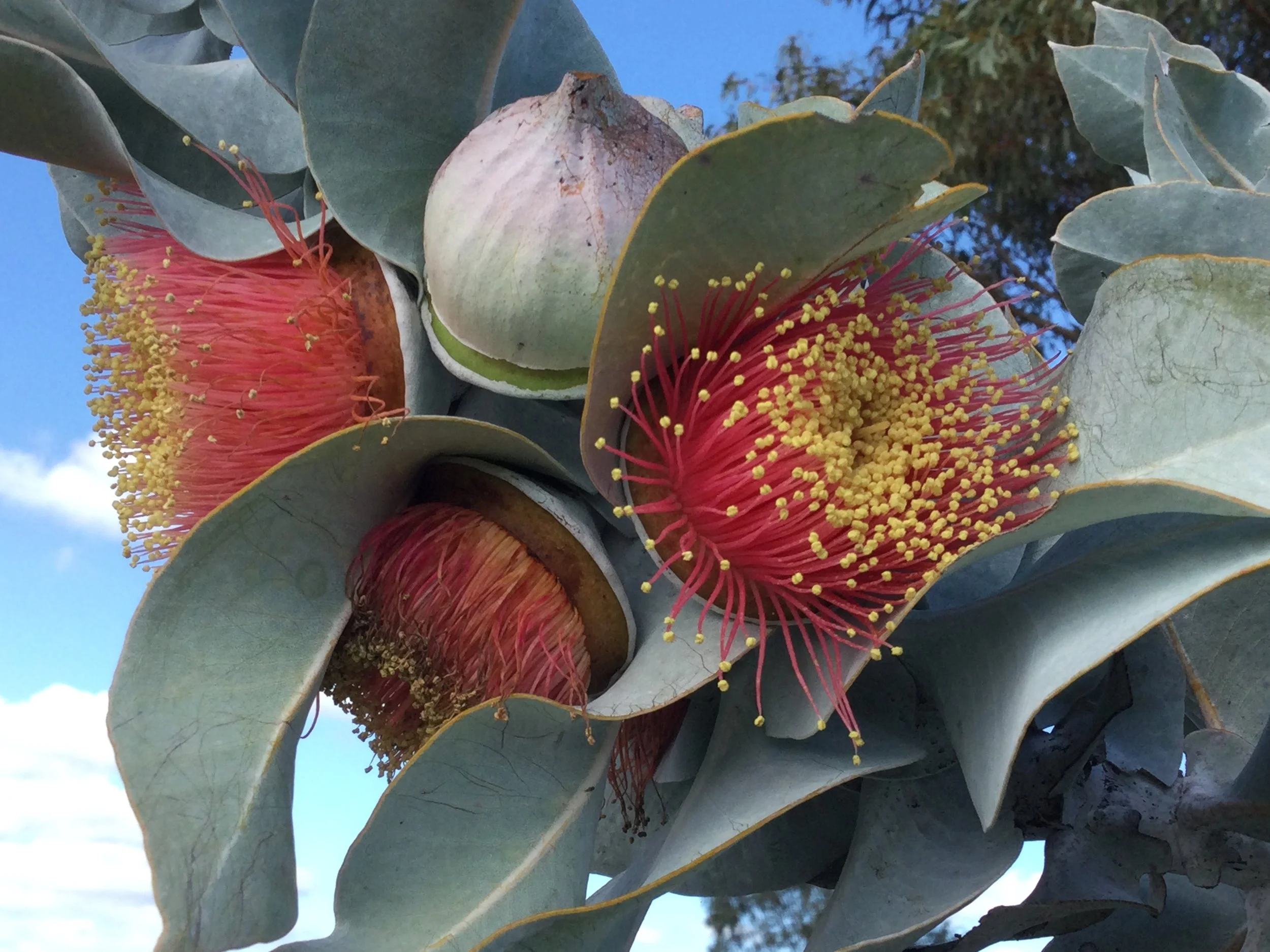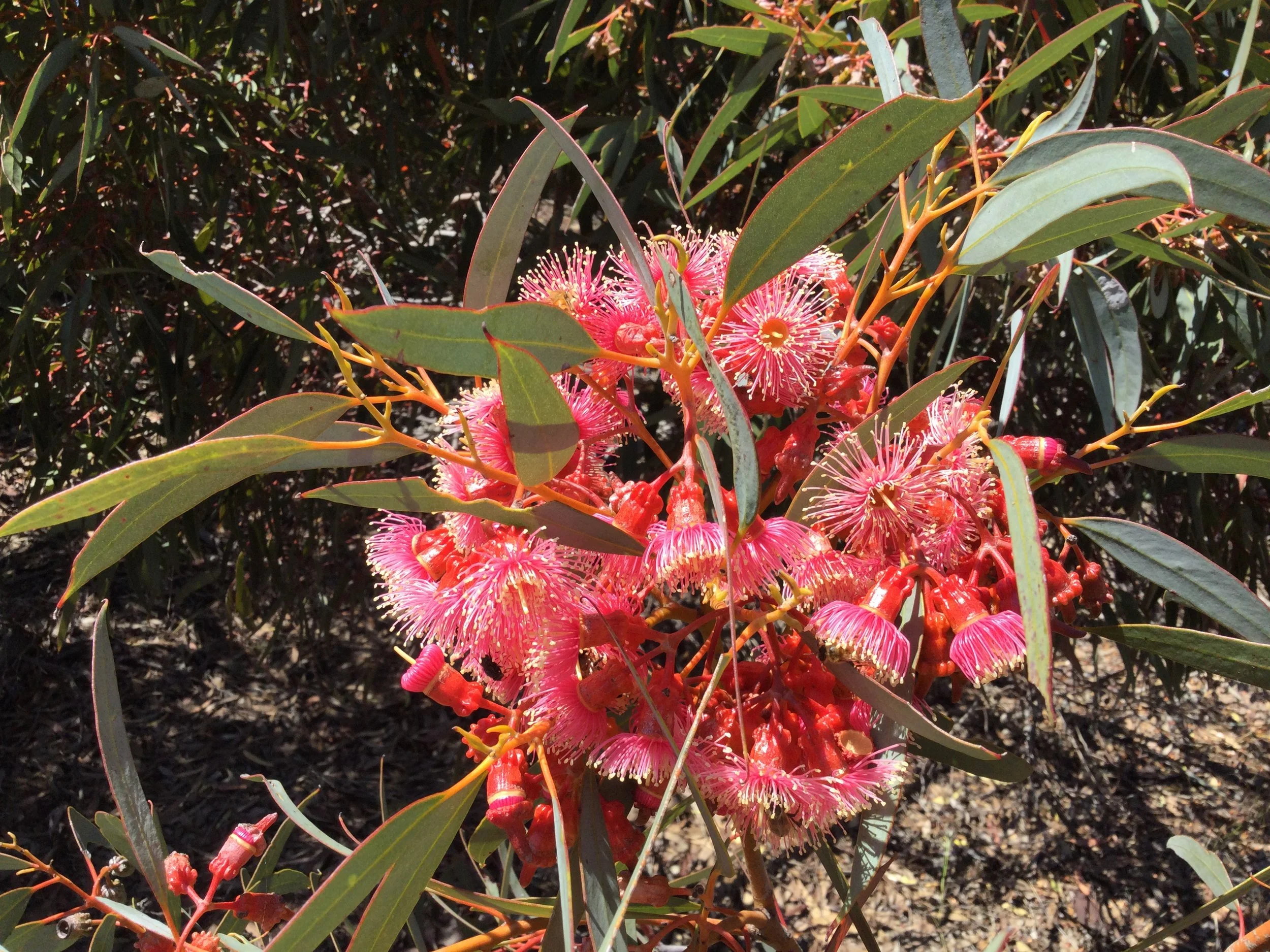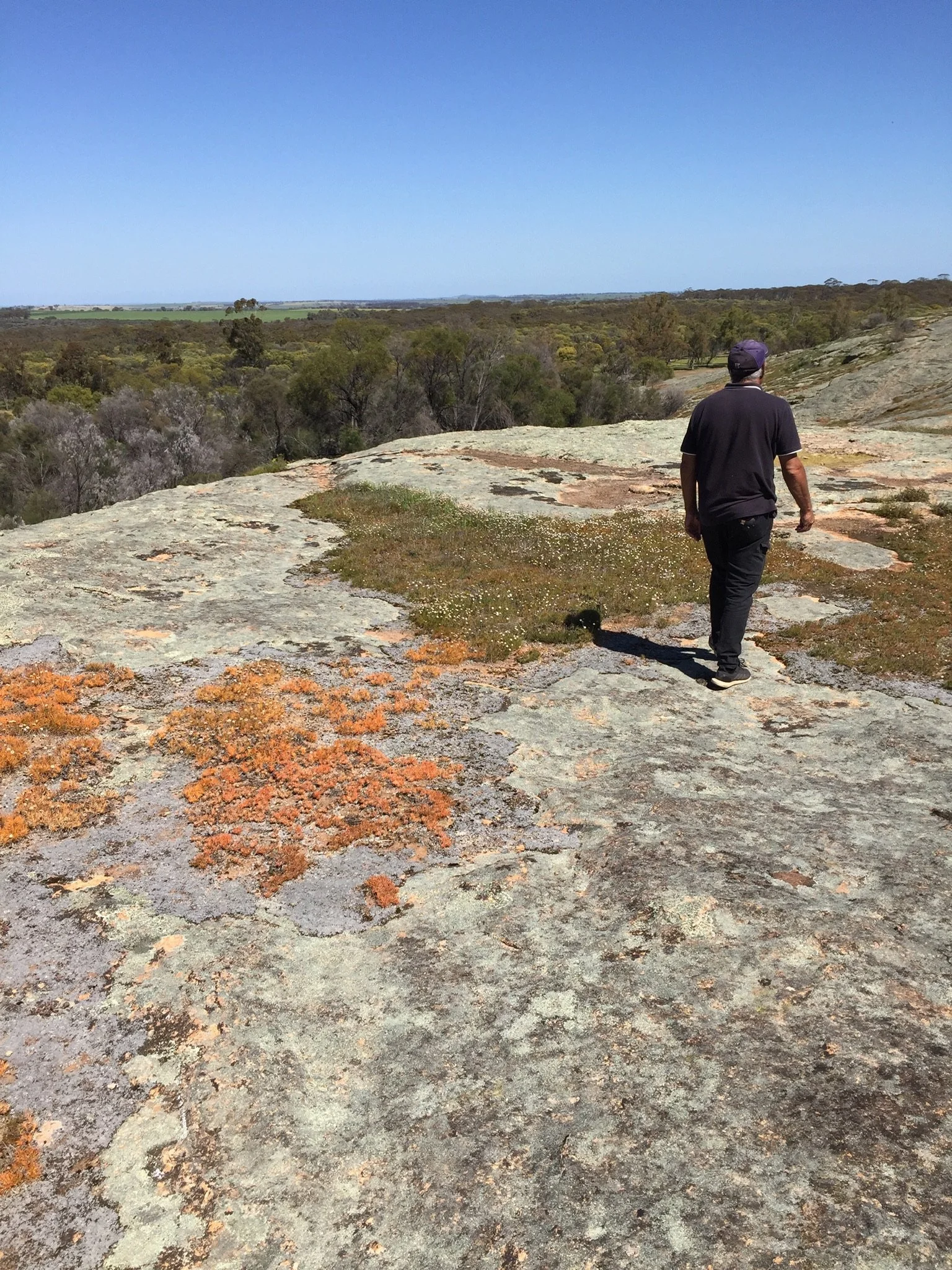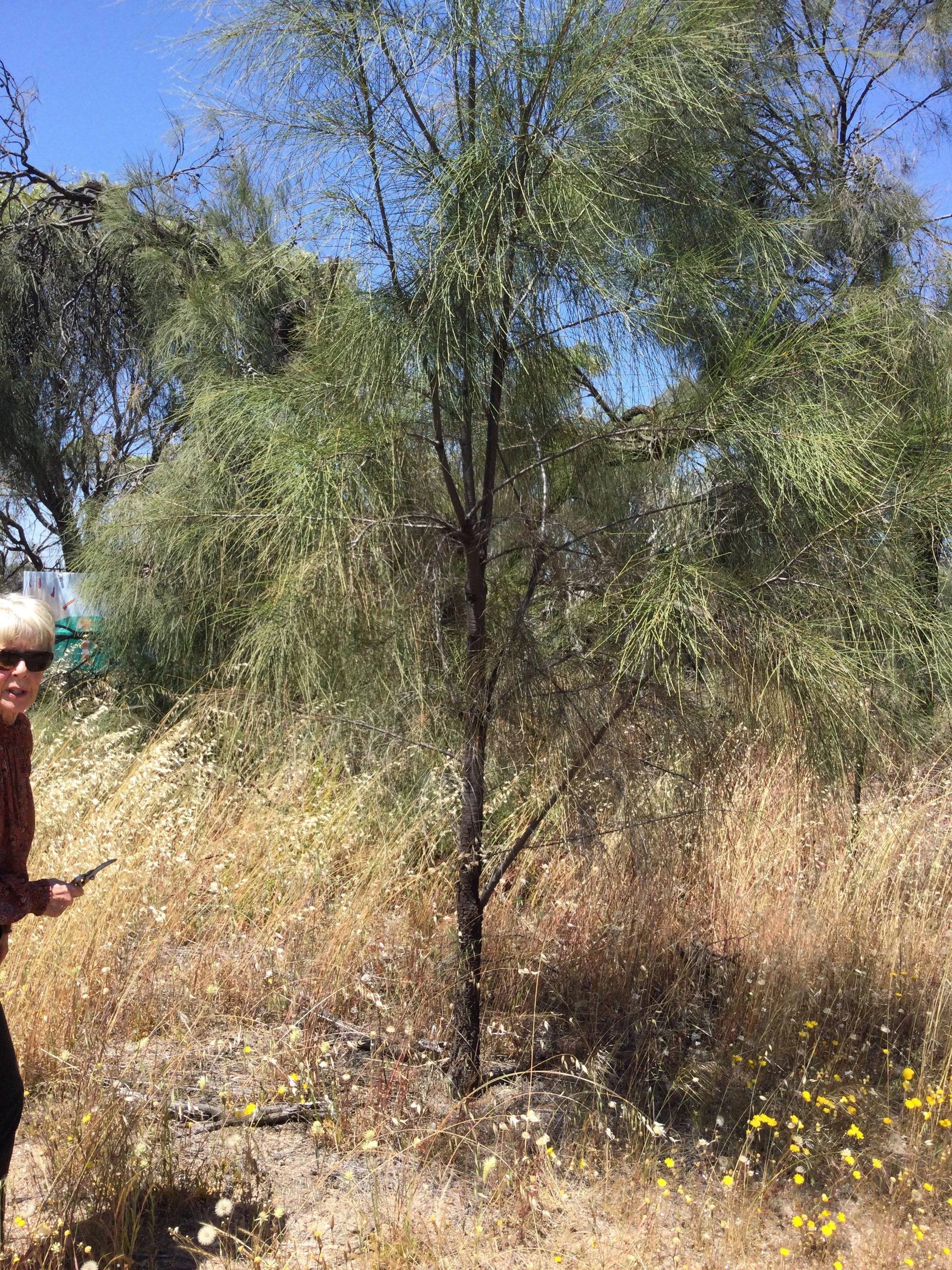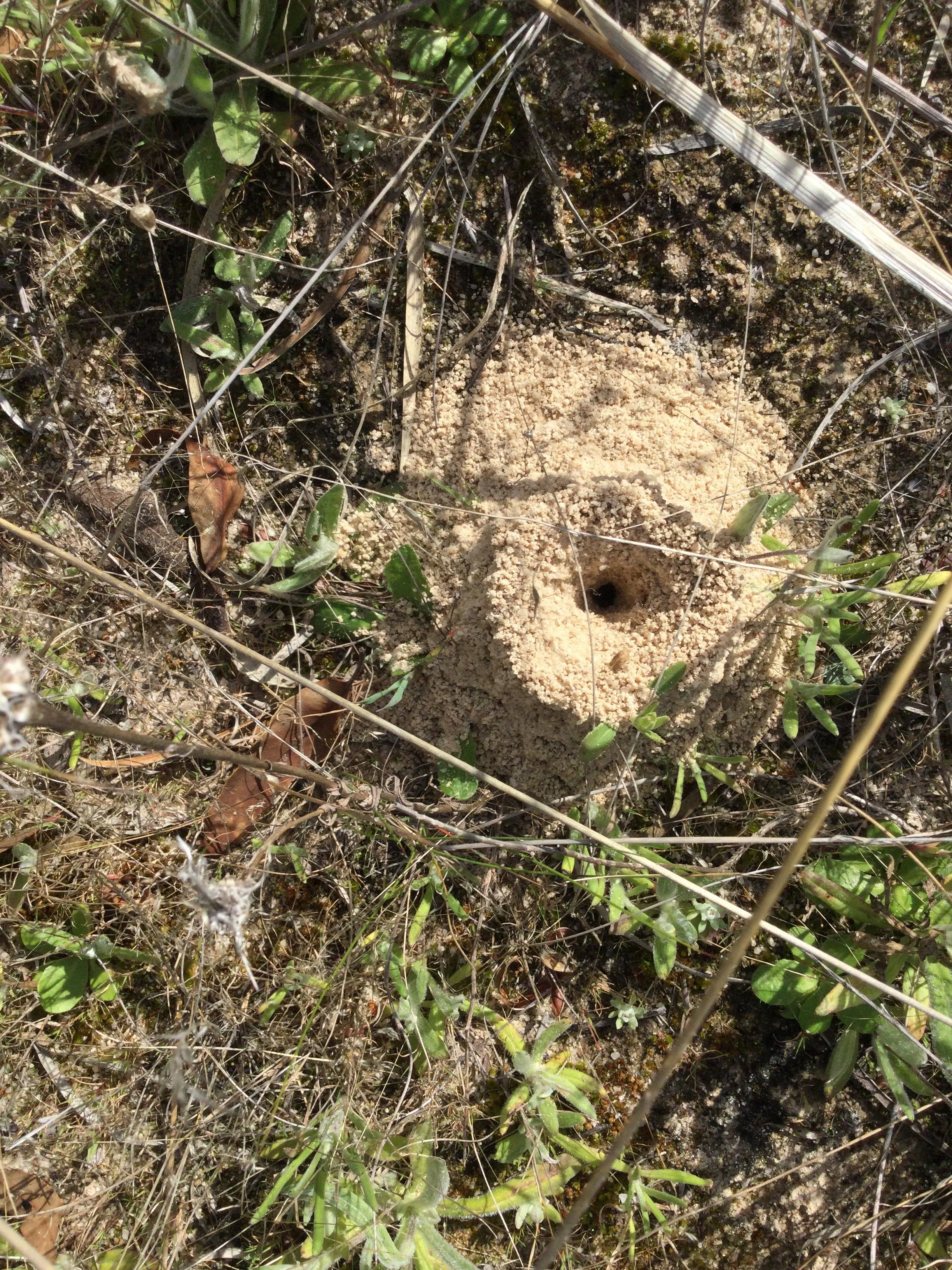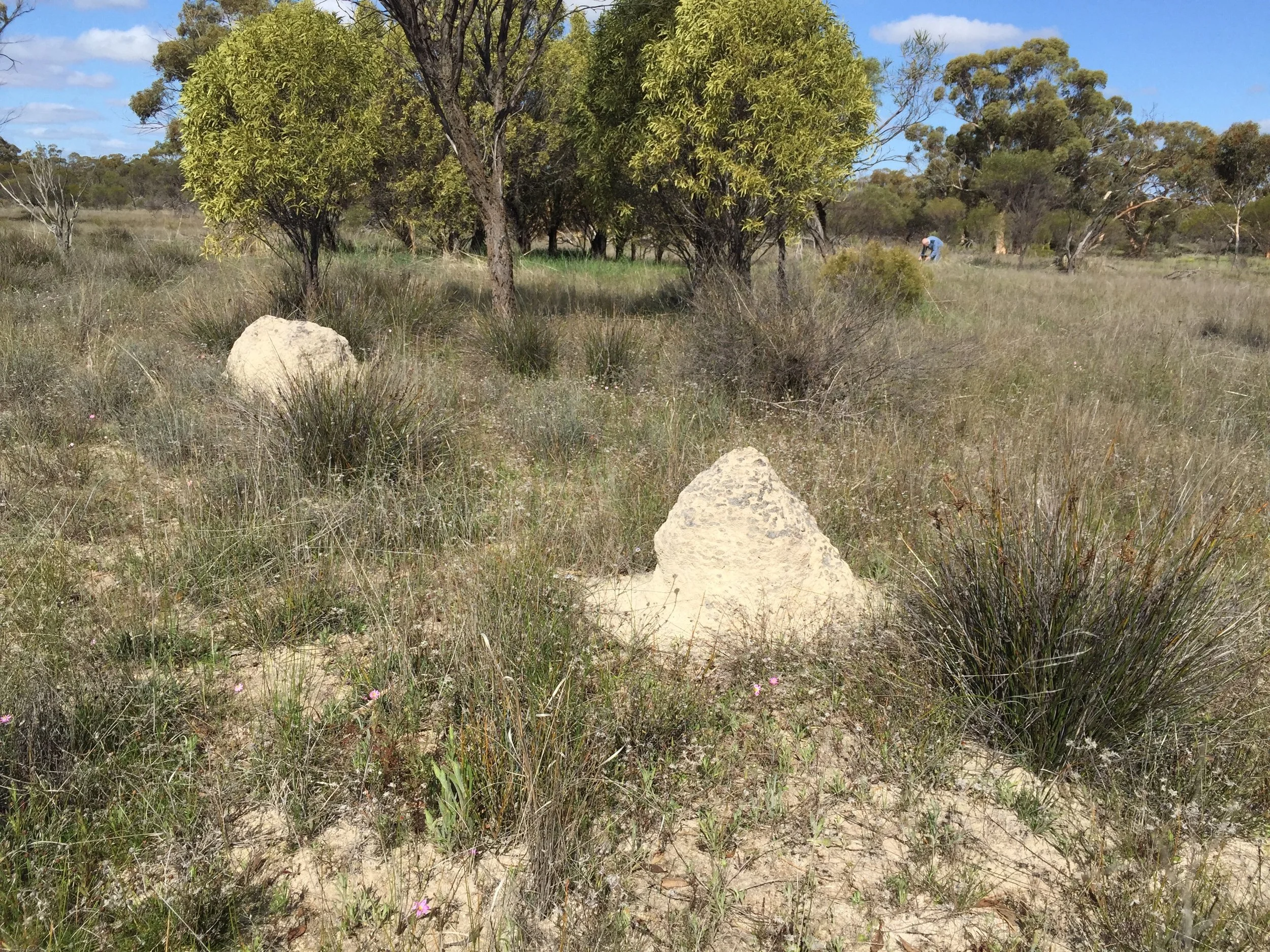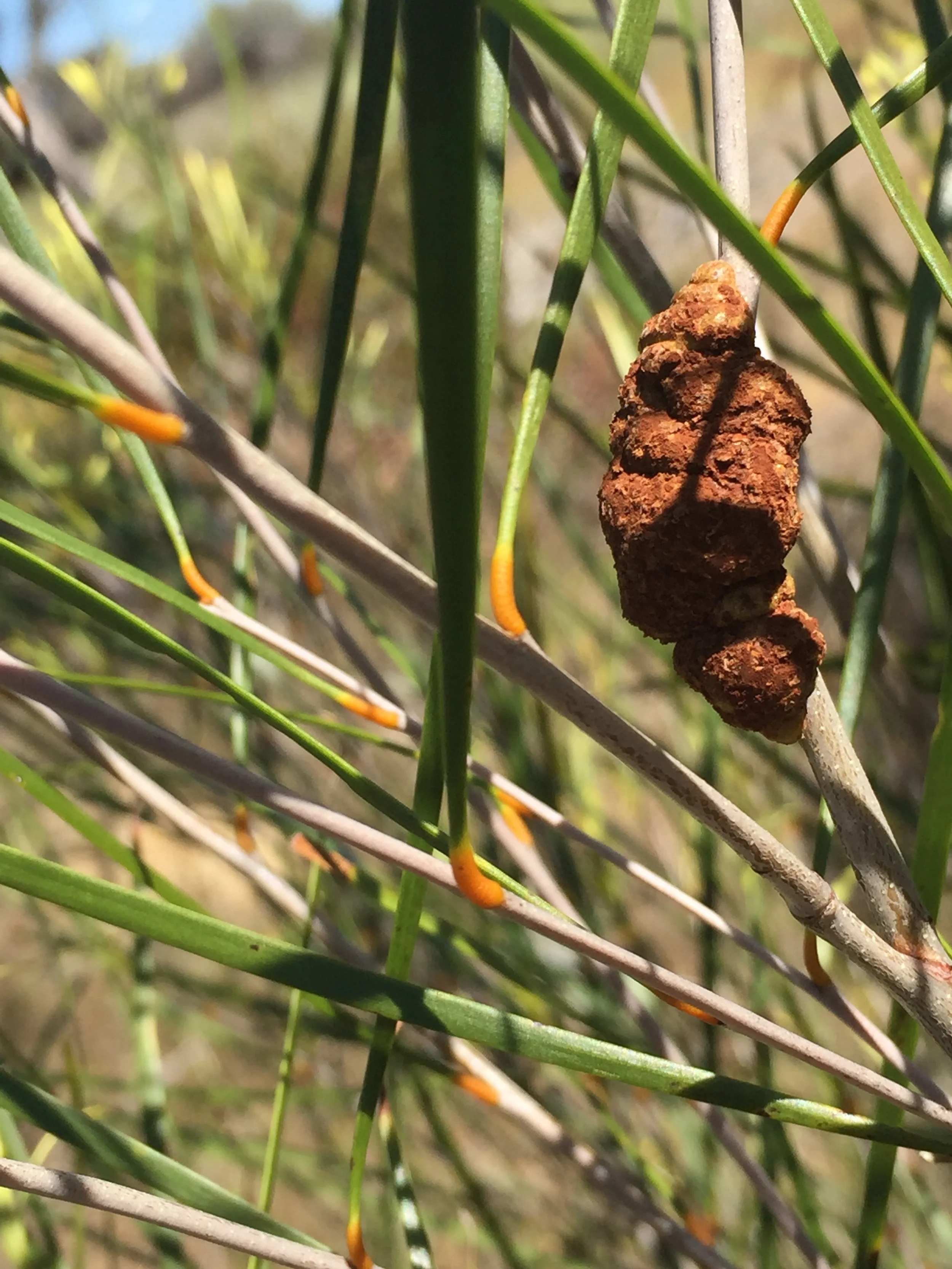Why the Noongar
nitja ngundabut, ngala kalleepgur ngala moort, ngala koort, ngala boodjara.
This is life, our family’s home, heart, our Country
In the southwest of Western Australia there are 14 Aboriginal dialectical groups;
Amangu, Ballardong, Yued (Yoowat), Whadjuk, Wadandi, Kaniyang, Pinjarup, Koreng, Bibbulmun, Wilman, Minang, Ngadji-Ngadji, Wadjari and Njunja (Nyoongar)
they are known collectively as the Noongar.
The Noongar, and their ancestors, have had a continuous existence in the southwest regions of WA for at least 50,000 years(1).
Their knowledge systems have been established through times of significant environmental change, including a glacial period some 25,000-15,000 years ago with its resulting aridity, and a significant rise in sea-level about 8,000 years ago. Their ecological knowledge, passed down orally, has thus evolved over long time and is a rich source of environmental wisdom.
With the arrival of Europeans in the 1830s onwards, and their methods of land appropriation, Aboriginal people were systematically dispossessed from their lands, and subsequently their way of living. The effect of such treatment has had a profound effect on these First Nation’s people.
By 1910 to 1920, many Noongars had left their normal lifestyle and congregated in missions, reserves or ’native settlements’. Their attempts to have their children educated in the Government schools, however, was fraught with difficulty; racial discrimination was paramount (9) and still exists today.
(Figure – Noongar Countries. From: Noongar Boodjar Language Cultural Aboriginal Corporation https://noongarboodjar.com.au/?doing_wp_cron=1702179257.7759439945220947265625)
Janelle Garlett says…
“we’re not recognised as white people. We’re not talked to the same, we’re not treated the same, and some of our kids are still having trouble with racism, and all that there...Australia is so much bigger with all sorts of other breeds so yeah, we’re on the bottom of the food chain. We’re still looked at as inferior but it’s our country…
From: A transcript of a conversation with a young Ballardong woman, Janelle Garlett, Tammin, August 2023
Margaret Collard says…
“I went to Quairading school… I used to tell the teacher they were calling me names, but they couldn’t stop them. I didn’t know what they meant, and I went home to Mum and Dad and asked them what they meant. I was very shy, and we had just come out of the bush and when they started calling me names, I didn’t know what to do…”
Did you stay away, or did you still go to school?
“My mom was the one running around trying to get schooling for their kids. She never ever got to school, and she made sure we all went.”
So now Margaret, you are actually a very important person in the school and how do you feel about that?
“Well, the teachers now are different. And my kids now, tell you what, they can be anything cause those teachers will give them what they want. That’s why I’m involved in schools. I would like to see more truth in the schools. I told my story and the kids said, ‘we didn’t know anything like this ever happened.’ Their mothers and fathers are not gonna tell them. I want it right from go one, warts and all… I learnt all about Captain Cook and the Kings but nothing about my people. That’s what I’d like.”
From: A transcript of a conversation with Margaret Collard, Ballardong Elder, Quairading, June 2023.
Kevin Fitzgerald says…
“When I was going to school, we learnt German or French or Italian and it didn’t mean much to me, but talking Noongar, (today, at the Quairading school) even some of the non-Aboriginal kids are saying kaya, you know, they really get them, and the attitude of the school is so important. Coming from Quairading where they weren’t very interested in teaching Aboriginal kids, we had two schoolteachers, Kelsie and Jaime, who really started to learn stuff…
…there’s quite a binding relationship with the school, with the kids, and with some of the people outside and the parents and the farmers and that has really changed their way of thinking and understanding. Hey, what a good idea and some of the non-Aboriginal kids are learning Noongar too. And I think the parents are saying, you know, really good! They don’t walk the streets now, they go straight home to read a book or to learn something more; so it’s having an effect right across the board so far as education, language and attitudes are concerned…“
From: A transcript of a conversation with Kevin Fitzgerald, Ballardong Elder, Cultural Advisor to the South West Aboriginal Land and Sea Council (SWALSC), Perth, May 2023.
Terry Dick on Nookaminnie RockPermission has been received from Noongars, and their Elders, for the inclusion of their cultural and intellectual property.
On Country
Working with Trees, Leaves and Animals
The late Kevan Davis, Ballardong Elder, says about sheoaks
…“yorgas gave birth under them … Mothers placed their babies on the carpet of sheoak needles. The sound of the breeze through the kwel is the spirits of the Ancestors speaking, which gently lulled the babies to sleep...”
Activity
Engage with the Aboriginal Community:
If students are accompanied by Aboriginal educators, they will benefit from discussion and knowledge about the area, for example,
1. How Aboriginal people may have lived there.
2. Perhaps what they ate
3. Information about the trees that were important in their lives
4. Perhaps share their knowledge about quandong trees (wongup) (Santalum acuminatum) such as:
• wood was used for spear shafts
• roots have juicy suckers, and were dug up and eaten,
• a cut branch oozes a sugary gum, which was eaten
• flowers when soaked in water make a sweet drink (kapi, kep)
• fruits were eaten or dried for later use
• nut kernels were roasted and eaten
• seeds were ground into a paste with water and used as a medicine for skin sores.
• They may share their knowledge about sheoak trees (kondil, kwel)
Sheoaks are found throughout the Wheatbelt and had many uses, such as
• wooden implements were made from sheoak
• the mia (Aboriginal shelter) was supported by sheoak branches
• fire was carried between camps in a piece of burning sheoak
• young cones were eaten
• the needle-like dead ‘leaves’ underneath were used for bedding in the mia, they were of cultural importance.
Activity
Count and Record Trees:
Guide students to use their notebooks.
1. Have them identify 3 or 4 trees as they wander around the area.
2. Students count each tree type (species) and record, using tallies, in their notebook.
3. Each student carefully collects a leaf from each tree to explore in the classroom
4. Students may want to explore further, but for reliability, all students count in the same area – about half a hectare (a little less than an acre). This provides discussion on the accuracy of their recordings.
Quandong Fruit (Wongup)
Activity
Collect Litter:
Using a snap-lock plastic bag (or alternative) have students gather items of litter in the tree area, including
• leaves of different colours, texture, or shape
• pods, nuts and seeds
• bark and small woody stems
• flower parts
• feathers
• sample of sand or rock
• small sample of discrete animal droppings, called scats (if practicable). These items will be sorted in the classroom.
Activity
Look for Animals, and Where they Live:
1. Ask the Aboriginal educators if they would share their knowledge about animals, and help students to find an animal, or evidence of its home. This may be:
• lerps on wattle stems,
• holes in the bark or stem usually made by a wood-boring beetle to lay its egg,
• ants and their nest,
• a mound where termites live,
• larvae (bardis) found in the soil often at the base of a wattle tree,
• a burrow where a lizard shelters,
• a bird’s nest,
• a spider’s hole or a web,
• an insect’s gall on a tree’s stem
• an animal’s tracks, diggings and scats
2. Students record in their science notebook the name of the animal, and where they saw it.
Teacher note: In the classroom, students will transfer these findings into WORKSHEET 1.
3. Photograph. May be done by the teacher using iPad, or iPhone with App.
4. Dig. The Aboriginal educator may demonstrate with her digging stick (wanna) how to dig for bardi, often found at the base of wattle trees. A bardi is the larval form of a moth and may introduce discussion about life cycles. This topic is studied more fully in Years 3/4.
5. Using pit-traps. The teacher (with student help) inserts 4 or 5 pits about 2 metres from the base of the trees. Their placement is designed to capture invertebrates that live in a tree’s litter.
Pits are installed with the lid ON, and with the rim f lush with the ground surface. Small animals will not climb up a glass barrier!
• Pack the soil firmly around the rim, and remove the lid.
• Lids are left near the trap and replaced (temporarily) in case of rain.
Teacher note: There are few invertebrates in litter under she-oak trees.
Activity
Look for Birds:
• Record nests where seen, or record bird seen flying.
• Record bird calls heard. The teacher may record these on an iPad or audio recorder.
• Birds may be drawn in the classroom and added to the habitat model.
Sheoak Tree (kondil, kwel)
Ant Nest
Termite Mound
Wattle Gall
Collecting Litter
